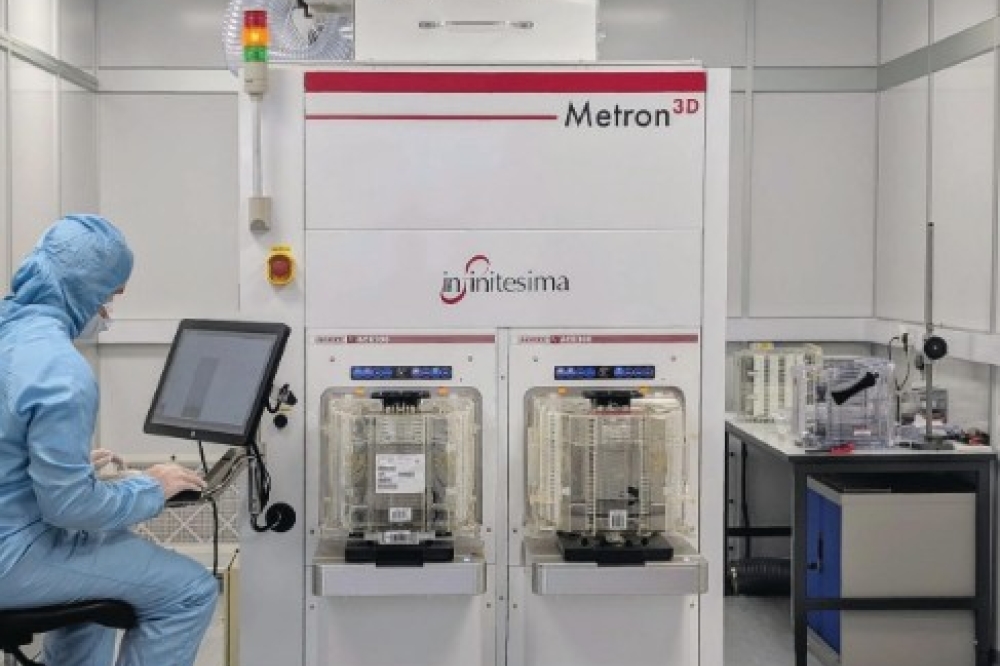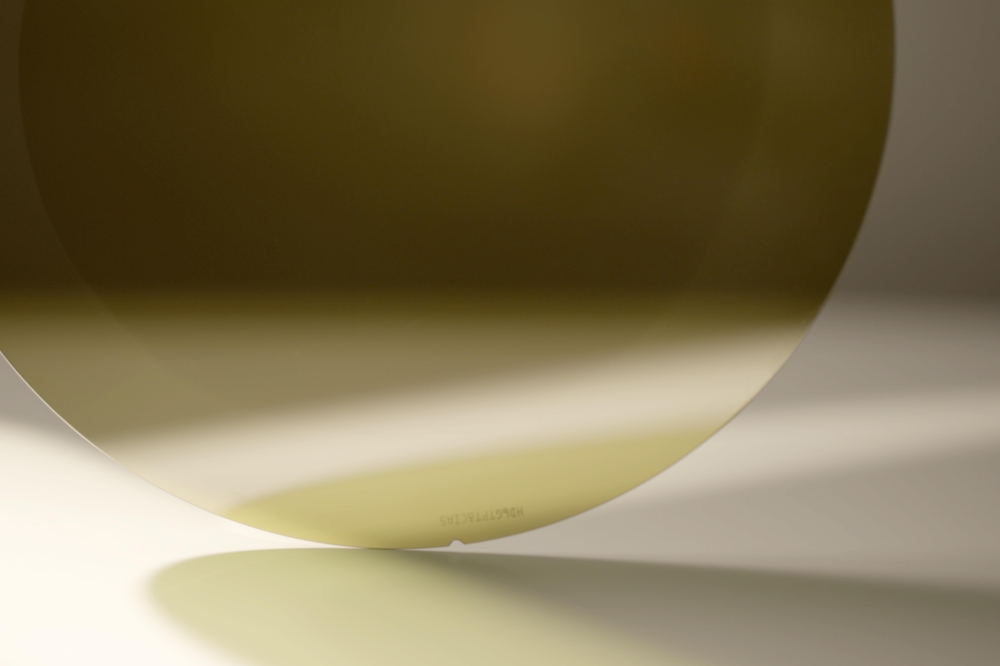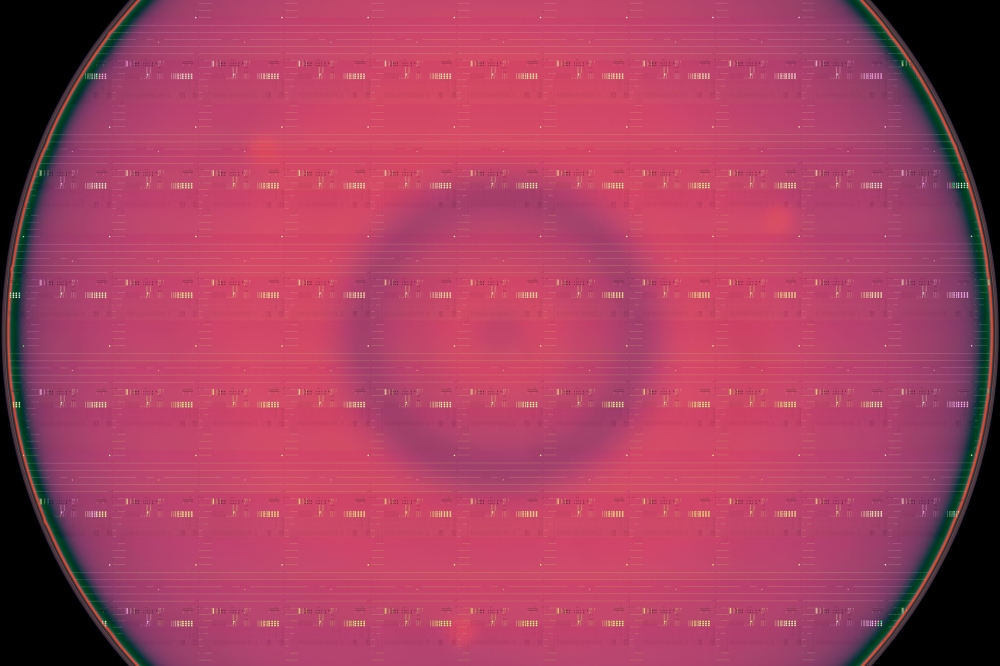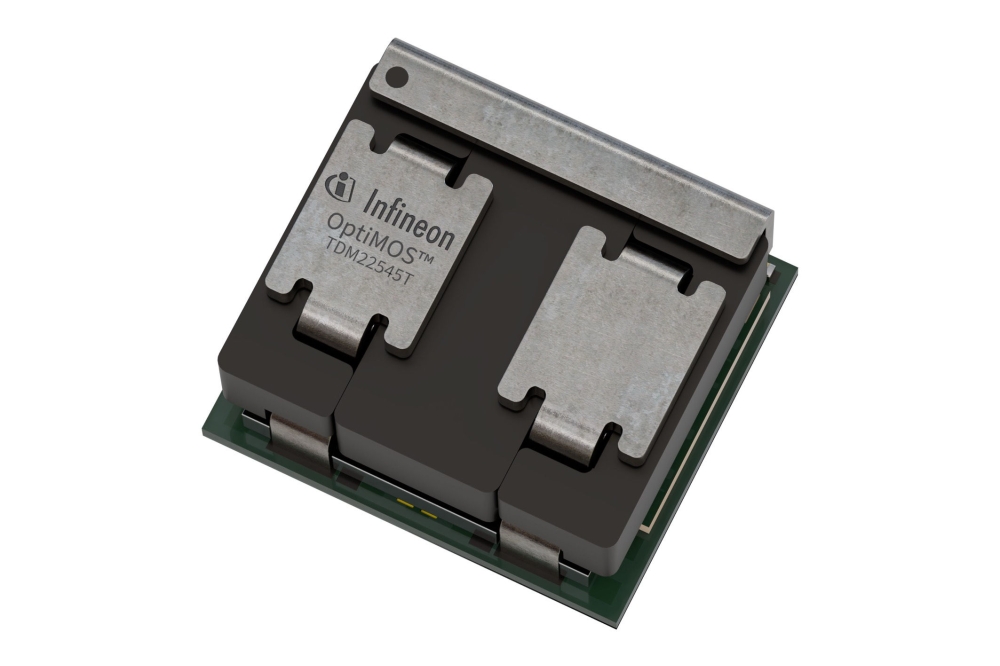US researchers make 'game-changing' boron arsenide discovery

University of Houston researchers have made what they describe as a game-changing discovery in thermal conductivity, overturning an existing theory that compound semiconductor boron arsenide (BAs) couldn’t compete with the heat conduction of a diamond.
Instead, the team found that high-quality crystals can achieve thermal conductivity exceeding 2,100 W/mK at room temperature — possibly higher than diamond, which has been considered the best heat conductor among isotropic materials.
Published Oct. 10 in Materials Today, this research challenges existing theories and could reshape our understanding of heat-conducting materials. It could also bring forth a new semiconductor material with much better thermal management in cell phones, high-powered electronics and data centrrs.
“We trust our measurement; our data is correct and that means the theory needs correction,” said Zhifeng Ren (pictured above), corresponding author and a professor in the department ofpPhysics in UH’s College of Natural Sciences and Mathematics. “I'm not saying the theory is wrong, but an adjustment needs to be made to be consistent with the experimental data.”
The study was a collaboration between UH’s Texas Center for Superconductivity — directed by Ren — and researchers at the University of California, Santa Barbara, and Boston College.
In the past decade, boron arsenide, a synthetic material, had been theorised to rival or surpass diamond’s thermal conductivity, or the ability to carry heat away from products efficiently. In 2013, Boston College physicist David Broido, the study’s co-author, and others predicted that BAs crystals could perform at this level.
But according to Ren, by 2017, revised models that added four-phonon scattering — a more complex process than previously used three-phonon models — capped BAs at 1,360 W/mK, causing most researchers to dismiss the potential for higher thermal conductivity in future experiments.
Ren and fellow researchers, however, believed using source materials with higher purity would improve thermal conductivity because many defects existed in the samples showing thermal conductivity at about 1,300 W/mK. Predictions were based on perfect BAs crystals, and scientists managed to experimentally achieve the predicted heat level using samples with significant defects.
By purifying raw arsenic and improving synthesis techniques, the team produced cleaner crystals that showed thermal conductivity above 2,100 W/mK — and with them, record-breaking thermal conductivity that exceeded theoretical expectations.
The discovery positions BAs as a potential game-changer in electronics and thermal management, according to the researchers. “It has the best properties of a good semiconductor, and a good thermal conductor — all sorts of good properties in one material. That has never happened in other semiconducting materials," said Ren.
The work is far from over. Texas Center for Superconductivity researchers will continue refining their materials, which they hope will push BAs’ thermal conductivity even higher.
Ren invites theorists to re-examine thermal conductivity models and push beyond theoretical limits, possibly unlocking even better materials in the future.
“You shouldn’t let a theory prevent you from discovering something even bigger, and this exactly happened in this work,” Ren said.
Reference
Ange Benise Niyikiza et al; Materials Today (2025)
































